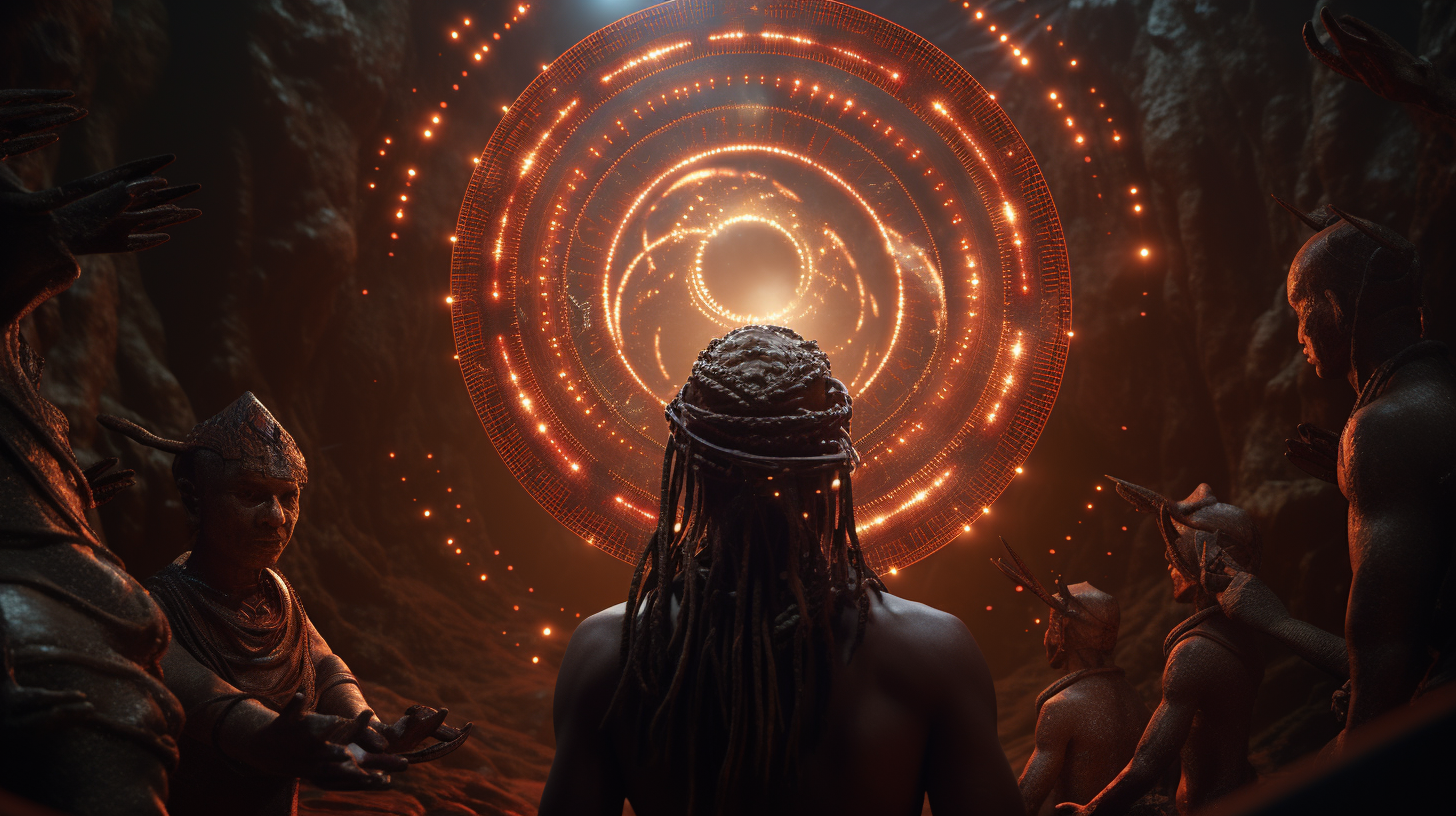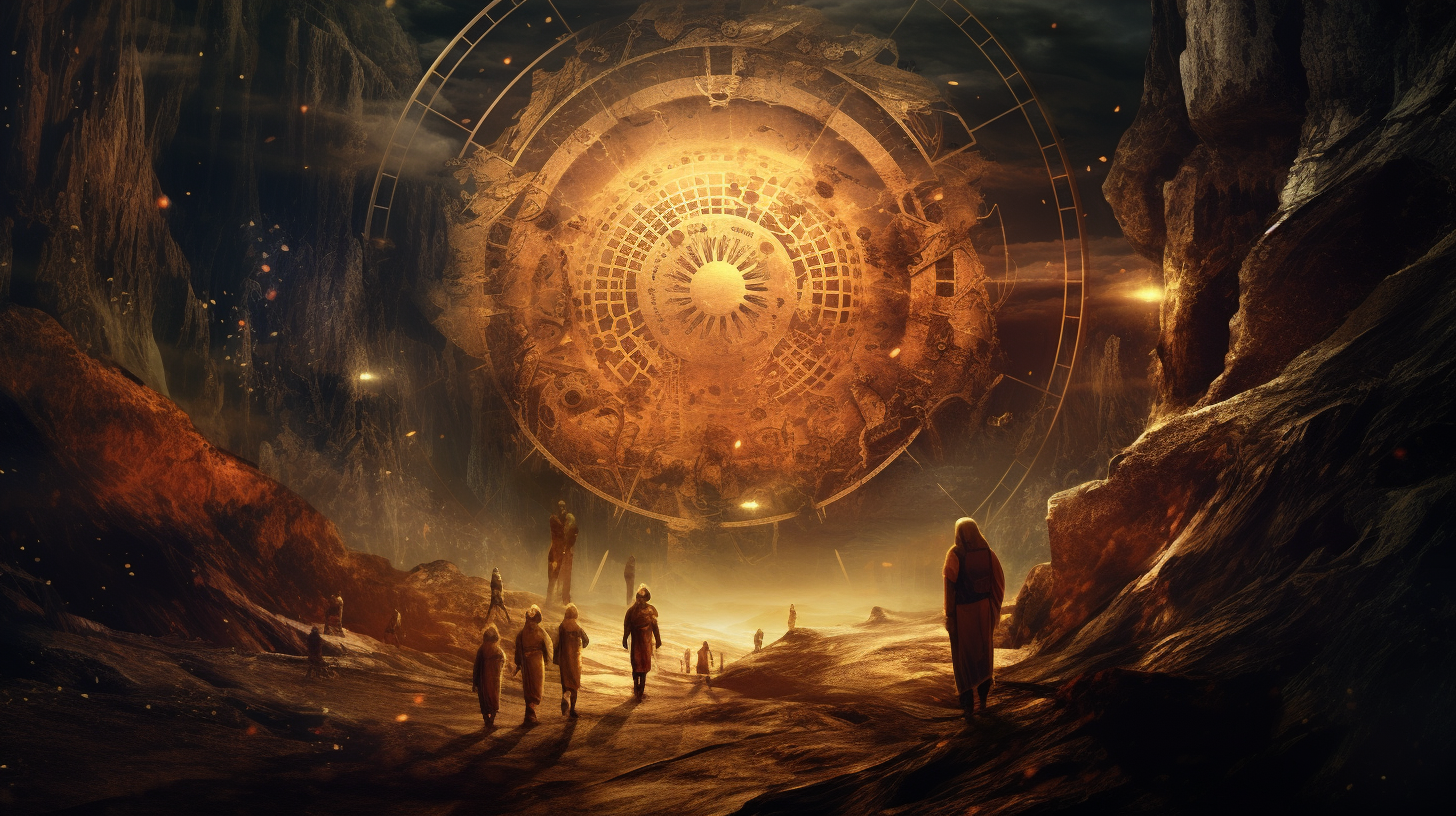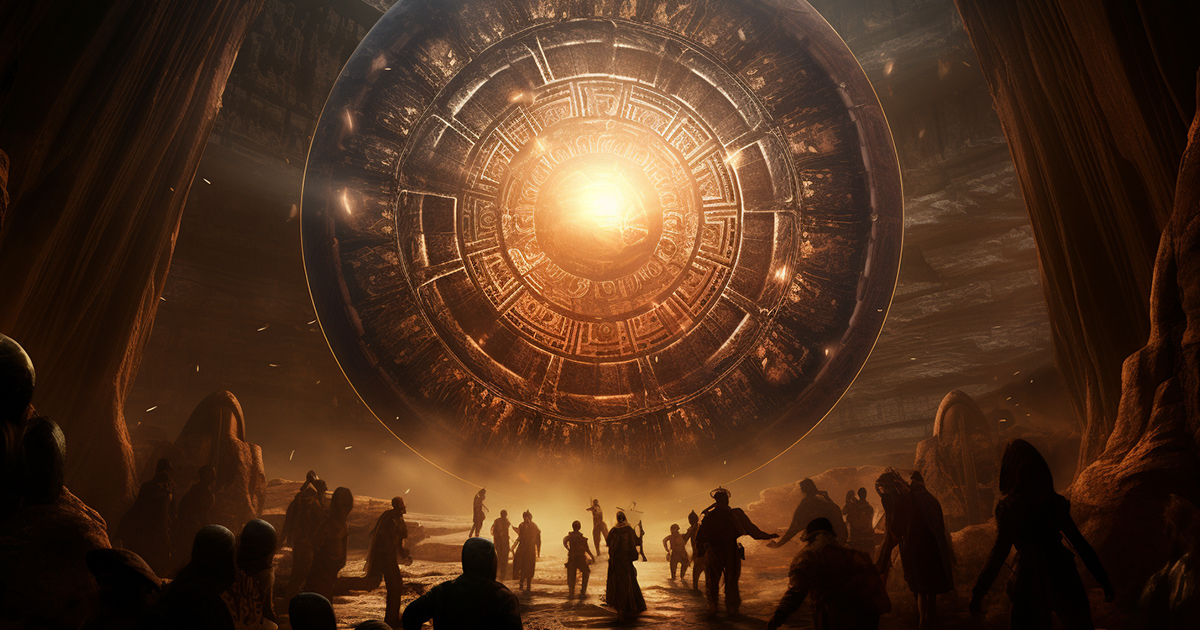Lost deep in the dry vastness of the American Southwest rests a mysterious place, a symbol of a once-thriving society, the ancient Pueblo peoples, known as the Anasazi. The enduring enigma of Chaco Canyon, New Mexico, adds a fascinating chapter to history.
Ancient inhabitants, believed to have exceeded 100,000 in number, once lived across expansive lands spanning Arizona, Colorado, Utah, and New Mexico.
Their remarkable feats included the creation of intricate road systems, many converging at Chaco Canyon, a site of immense significance.
The Anasazi showcased exceptional engineering skills, as seen in structures like Pueblo Bonito, a multi-story wonder defying the standards of its era.
What distinguishes them is their profound bond with celestial bodies and phenomena, such as the Pleiades constellation, seamlessly integrated into their culture and architecture.
However, the narrative takes a chilling turn around the 12th century. Something unexplainable occurred. Building in Chaco Canyon abruptly halted, and the once bustling edifices were sealed shut.

The roofs of ceremonial kivas were set ablaze. The Anasazi civilization, a beacon of accomplishment, appeared to vanish mysteriously, leaving behind a perplexing puzzle.
For years, archaeologists have wrestled with this mystery. Various theories suggest groups of Anasazi migrated to other regions, eventually forming the Pueblos and the Hopis.
However, the destiny of the core civilization, particularly the astronomers behind the observatories, remains elusive. They simply vanished.
Exploring this enigma, certain ancient astronaut theorists posit that the disappearance hides a deeper truth, with clues concealed within Chaco Canyon itself.
Among the intriguing discoveries are numerous spirals etched into cliffs, thought to represent the sun by archaeologists. Yet, some spirals defy easy interpretation, featuring smaller spirals branching off. Could these spirals be gateways to alternate dimensions?
The Hopi and Zuni Indians, with rich oral traditions, speak of star beings and stellar ancestors who passed on knowledge to them. They propose that spiral petroglyphs mark portals, serving as gateways to diverse dimensions and realms.

Do these spirals hold the answer to the Anasazi’s mysterious disappearance, indicating their transition to another domain?
Moreover, some theorists entertain the notion that celestial occurrences could activate and deactivate these portals. It blurs the boundary between science and the supernatural, between reality and the uncharted.
The term “Anasazi” itself, translating to “stranger from afar” or “strange enemy,” suggests an element of the otherworldly. Might it be conceivable that the Anasazi exist in a different dimension, on another timeline, or even another planet?
The vanishing of the Anasazi is not an isolated case; throughout history, civilizations like the Mayans have similarly vanished without explanation, hinting at a mysterious pattern beyond our grasp.
Speculations tantalizingly propose that advanced intelligences, potentially extraterrestrial, orchestrate these occurrences, utilizing our planet as a vast experimental ground.
Watch this Video:
As we delve into the ancient enigmas of Chaco Canyon, we are left with more inquiries than solutions. The vanishing of the Anasazi remains an enigmatic puzzle, defying simple elucidation.
This serves as a reminder that our world abounds with undiscovered chronicles, awaiting bold adventurers to unveil their mysteries. The enigmas of yore continue to lure us, urging us to venture into the unknown, where the line between truth and lore blurs, and where reality may lie concealed in the historical shadows.
